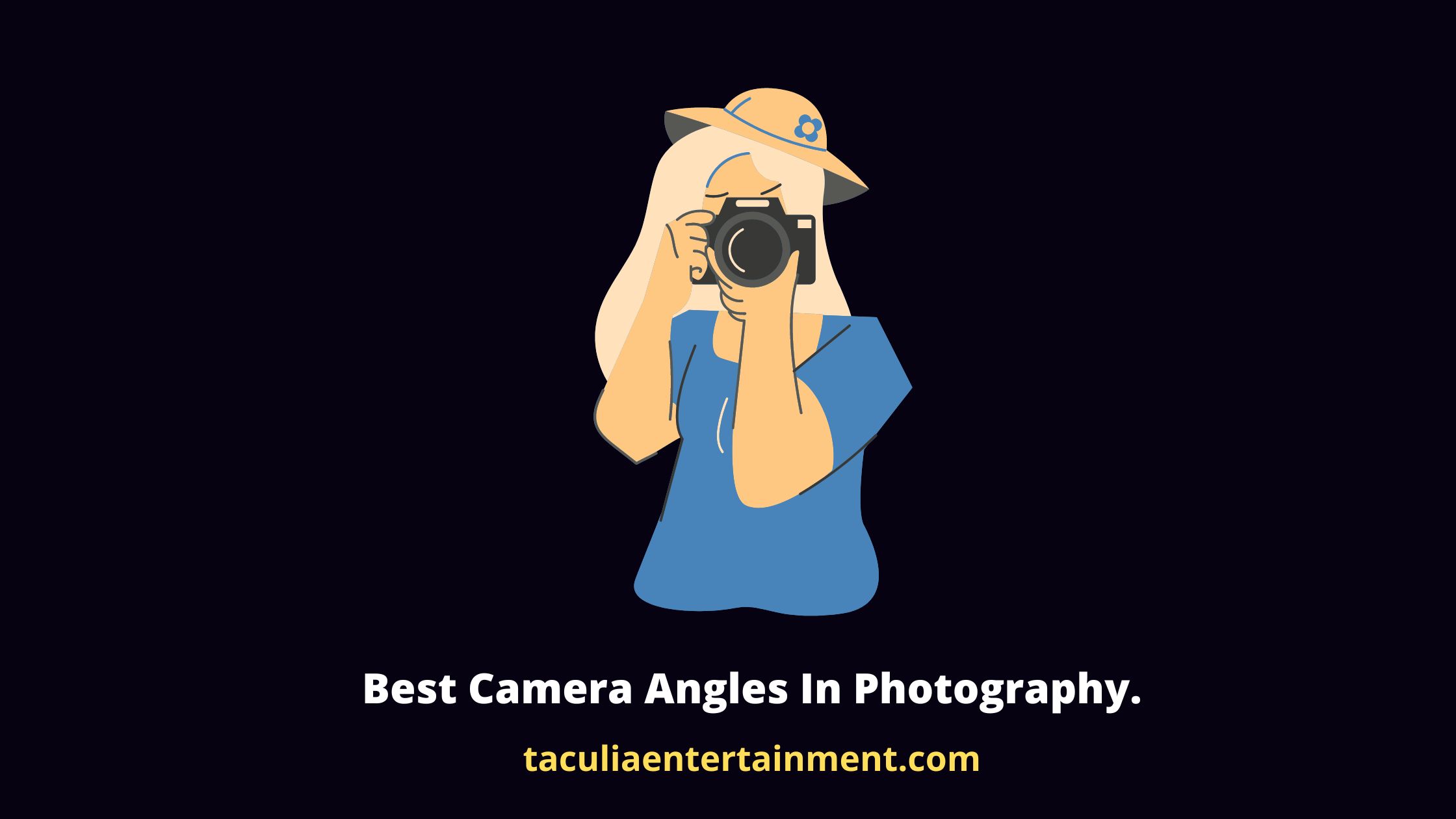
If you want to add more variety to your photo shoots, then you have to understand the best camera angles in photography you should be using.
Camera angles entail moving your camera in different directions to achieve different kinds of photographic shots.
It is not a crime to improvise and come up with your own camera angles, as long as it gives you what you need.
But as a professional photographer working for clients, your aim and target should be how to satisfy those who are paying you to work for them.
And that simply means you should be working with the accepted industry format. Again this is not a rule, so long as you are able to satisfy your clients, you are good to go with whatever works best for you.
But in this article, I am going to share with you at least five (5) of the best camera angles in photography that will help you have that photo composition that will satisfy both yourself and your clients.
Now let us move on to see the 5 best camera angles in photography.
The 5 best camera angles in photography.
The 5 best camera angles in photography are:
- The eye level
- The high angle
- The low angle
- The bird’s eye view
- 5. Over the shoulder
1. The eye level angle.
As the name implies, the eye level angle is simply shot at your subjects or objects’ eye level.
The main aim of using this camera angle in photography is to establish a kind of connection between what’s in your photo and the viewer.
In other words, it serves to enable the viewer to have a clear view of what’s in your photo.
This kind of camera angle is great for standard portraits.
In wildlife, photographers aim to catch a shot of their subjects at the same level.
The task in taking this kind of camera angle is to ensure you are close to your subject’s eye level as you can, no matter how stressful or uncomfortable it might seem.
At times you will have to kneel, and at other times you might be required to even lay on the ground to get the best effect for your photos.
2. The high-angle shot.
The high angle is often considered as the bird’s eye view by some photographers, but relatively they are not the same thing.
In a bird’s eye view, you really have to be up and farther away from your subject whereas in a high-angle shot all you need to do is get a few inches or feet above your subject and take your shot.
The high angle is so simple because you mostly need to stand on your feet or raise the camera a little bit above your head and take the shot.
The aim of this shot is to make your subject look much more smaller or vulnerable.
3. The low angle.
To achieve a low angle, all you need to do is get below your subject.
And it’s preferable to shoot if you have a smaller subject standing against the back of a big object and your target is to emphasize more on the smaller subject.
This camera angle makes it seem as if your subject is bigger or the same size as your object.
The aim of this shot is to make your subject appear very big and dominating. This kind of camera angle is also achieved by shooting with a wide-angle lens of around 35mm or wider.
4. The bird’s eye view.
Also known as the dutch angle, this camera angle is usually used to convey disorientation.
To achieve this shot, simply tilt your camera to the side so that it is far from the horizon level.
This camera angle is used in horror movies to show the walls of a haunted house closing in on a subject.
5. Over-the-Shoulder (OTS)
Over-the-shoulder shot is often used in dialogue scenes to depict one character’s face seen from over the shoulder of a second character.
The intention of this camera angle is usually to show a confrontation or conflict between two characters.
You can also use this kind of camera angle in an action scene to portray a character moving or looking out over a landscape. That is if you don’t want to use a Point Of View (POV).


